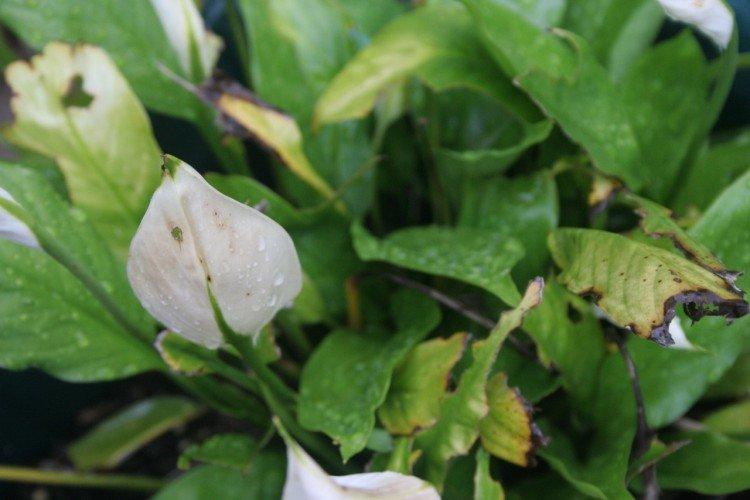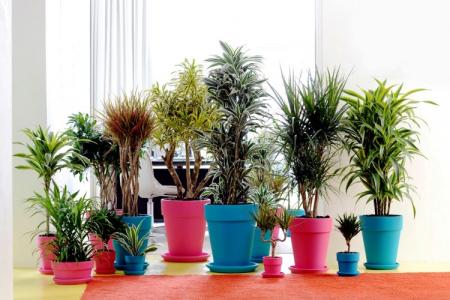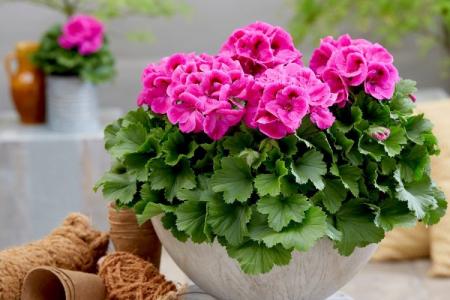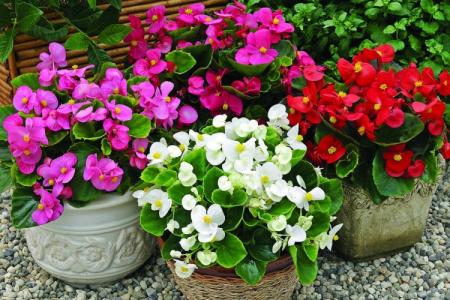
Spathiphyllum is a luxurious plant from the Aroid genus, which pleases with thick bright green or variegated foliage and blooms twice a year. Growing spathiphyllum is not at all difficult, but it is important to know what conditions will be favorable for this flower. Let's tell you more!
Adaptation to home conditions
Often, "female happiness" (the popular name for spathiphyllum) gets into people's homes from the store, less often - friends or relatives share the shoots. In any case, the first two weeks are not worth replanting the flower. Place it in a bright place, but away from sunlight. Light partial shade is ideal.
Spathiphyllum has a hard time transferring from one place to another, and even more so moving. At the same time, he loves moisture very much, so regularly water and spray his new green pet from a spray bottle, unnecessary stress in the form of an acute lack of water in the soil and in the air is useless for him now.
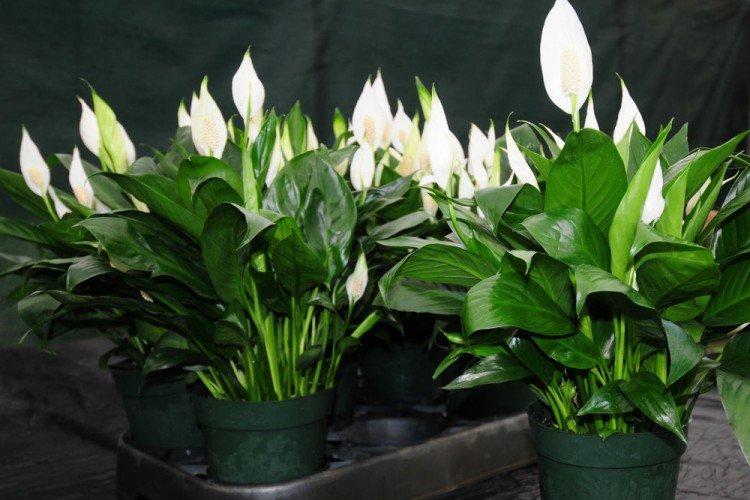
How to transplant spathiphyllum
For growing spathiphyllum in a house, you should choose a low wide pot, which is slightly larger in volume than the root system of the plant. At the bottom, be sure to fill a good drainage layer, fill the container with a light soil mixture for Aroids, mixed with sphagnum - the moss will protect the flower from drying out.
Before transplanting spathiphyllum, in three or four days, properly fields it. It will be easier to extract fragile roots from slightly damp soil. Transplant very carefully, using the transshipment method, trying not to damage the roots. After transplantation, spathiphyllum can only be sprayed for two to three days. If you immediately start watering the plant, then the soil in it can acidify, which will lead to the death of the entire bush.
Until the spathiphyllum reaches the age of five, transplant it annually in the spring. Older plants can only be replanted after the tips of thin roots appear from the drainage hole. This means that the spathiphyllum has mastered the entire soil and is no longer fed enough.
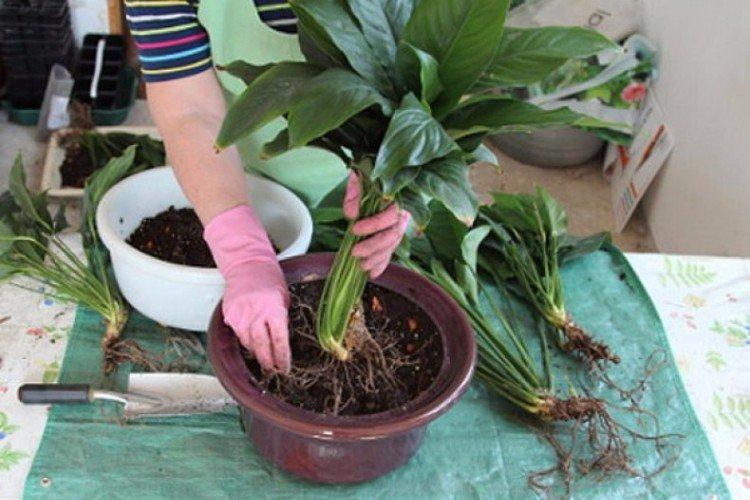
Lighting requirements
Spathiphyllum is a visitor from the lower tier of tropical forests, which means that light partial shade and high humidity will be ideal for it. In the shade, the plant can also grow, but then you are unlikely to be able to wait for its flowering. It will be very good if you place a flowerpot by the east window, the morning sun is not dangerous for "women's happiness" and will not leave burns on its leaves.
In winter, you can move the spathiphyllum closer to the southern window, just do not put the flowerpot on the windowsill, it is better to find a place for it about a meter from the window opening. The curtains will protect the spathiphyllum from the sun's rays, and the abundance of light will allow it to continue flowering.
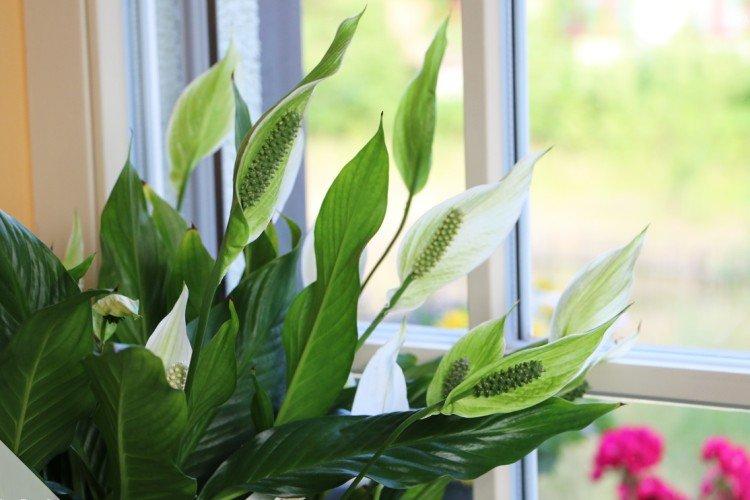
How to water spathiphyllum
Spathiphyllum is a moisture-loving plant, but stagnant water is destructive for it. In the spring and summer, water it often and abundantly, while making sure that the topsoil has time to dry out. Pour the water out of the pallet immediately to prevent acidification of the soil and rotting of the roots of the flower.
Plants in tropical forests are accustomed to warm rains, so water spathiphyllum with filtered or boiled water cooled to room temperature. Spray the area around the bush daily with a spray bottle. The water should be soft and warm, otherwise, after drying, ugly whitish spots will cover all the leaves.
With the arrival of autumn cold weather, the amount of watering should be reduced, but do not allow the soil mixture in the pot to dry out. Also, reduce the frequency of spraying, but do not cancel. During the operation of heating devices, the air in the room becomes dry, which creates unfavorable conditions for "female happiness".
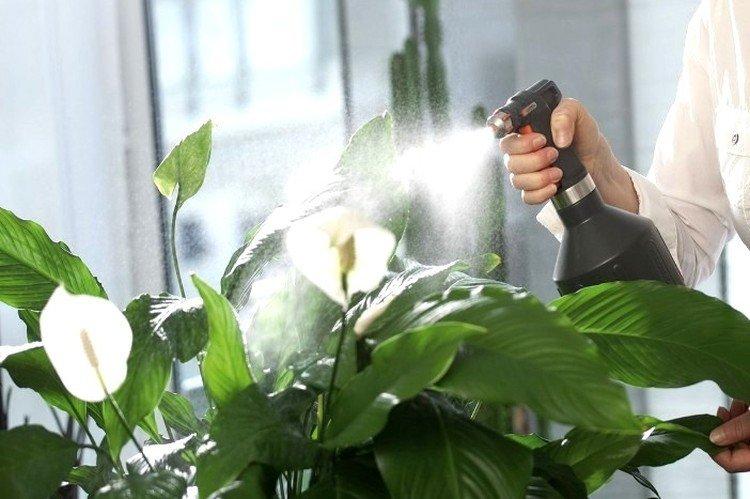
Fertilizers and feeding of spathiphyllum
A blooming guest from the rainforest responds very well to the introduction of nutrients into the soil. For feeding, use a complex mineral fertilizer. Dissolve one to one and a half grams of the substance in one liter of settled water, mix well so that there are no whole crystals left.
Water this solution with spathiphyllum once every 2-3 weeks from March to September. From October to February, it is not necessary to fertilize the plant, since during this period it is in a state of rest and does not need extra nutrients.
For foliar dressing, several crystals of fertilizer are added to the spraying water. Such irrigation is appropriate no more than once every two weeks during the entire growing season. In the fall and winter, spray spathiphyllum with plain water.

Reproduction of spathiphyllum
Spathiphyllum can be propagated at home in two ways. The first is the most preferable - for its implementation in the spring, during transplantation, the bush is divided into separate plants, which are planted in different pots. Further care is the most common: regular watering, spraying and lack of direct sunlight.
The second option for the reproduction of spathiphyllum is very troublesome and difficult, moreover, it does not guarantee a positive result, but it is quite suitable for experimental florists. First you need to collect seeds from faded ears. They should be sown immediately into a freshly prepared mixture of peat and sand. Spathiphyllum seeds quickly lose their germination, and it is difficult to predict how a plant that has grown from them will look like.

Diseases of spathiphyllum and their treatment
Spathiphyllum in favorable conditions is resistant to all sorts of diseases. If the plant is kept in a dry room, in the absence of fertilizing and irregular watering, it will start to hurt.
So, if the leaves of “female happiness” turned yellow and wilted, it means that the process of wilting has begun due to the drying out of the earthen coma. Start watering the flower little by little, increasing the amount of water applied every day to gradually moisturize the soil. If the leaves have turned black, then this is a sure sign of decay and death of the root system. Spathiphyllum must be transplanted, while removing the damaged roots.
It happens that with excellent care, spathiphyllum refuses to please with its snow-white flowers. There is only one reason - the pot is too big. Until the root system fills the entire volume of the pot, do not wait for flowering.
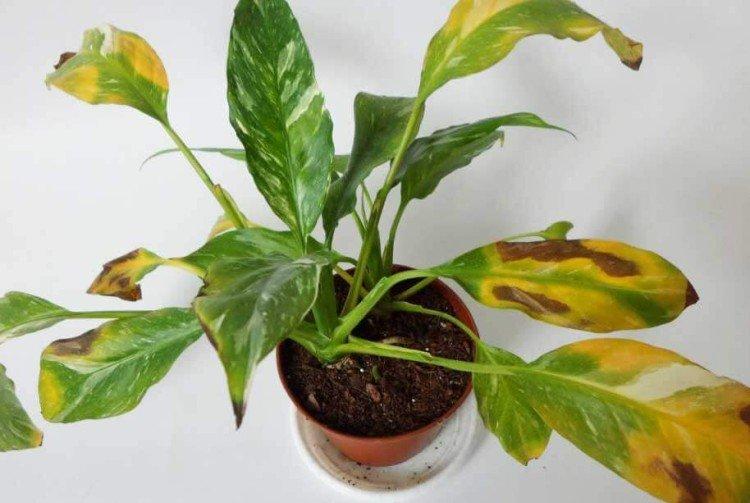
Insect pests
Regularly inspect the base of the bush; a mealybug may start between the stems of the leaves due to too much watering. If there are few insects, then just wipe the cuttings with a cotton pad dipped in medical alcohol, the soil of the fields with infusion of orange peels. And when the infection has become too widespread, use special insecticides.
A spider mite infects spathiphyllum with an acute lack of moisture. Tiny insects are capable of destroying a large bush in a short time. Remove all cobwebs and wipe the leaves and stems with soapy water. The same solution will help rid the flower of all kinds of aphids. Once every three months, water the plant with an infusion of onion peels: pour 100 g of dry crushed mass with five liters of water heated to 40 degrees. Insist for five days, then strain. This is both feeding and protection against parasites.
As a prophylaxis of diseases, once every 14 days, arrange water procedures for the spathiphyllum. To do this, tighten the top of the pot with a film, and bathe the ground part of the plant from a watering can with slightly warmed water. This will help strengthen the flower's immunity to any diseases and pests.
